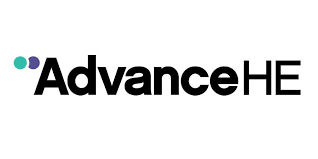Over the last two decades, the term employability has become much used within the landscape of higher education (HE). In today's dynamic and ever-changing world, higher education institutions (HEIs) face the challenge of preparing graduates who are not only equipped with the necessary academic knowledge and skills but also possess the qualities and adaptability to thrive in an evolving, complex and unknown future.
Employability, in its broadest sense, encompasses a range of values, behaviours, attributes and competencies that enable graduates to navigate the complexities of the modern world – particularly the workforce (although not exclusively) and adapt to a range of changing demands. While debates over definitions still exist, the sector as a whole has shifted to a far more active stance on embedding practices and supporting students, arguably driven by a range of external factors that, depending where you are situated geographically, will have more emphasis as a key driver; graduate outcomes, regulations, metrics, league tables, student satisfaction, employer demands, governmental policy, internationalisation and student demands – to name those that I suspect will be near the top of most reader’s lists.
The last two years have seen the progression and development of new frameworks in nine thematic areas. Launching today is the Employability Framework that is a progressive enhancement on the works previously shared; drawing upon both evidenced based peer reviewed literature and more nascent grey literature such as reports, working papers, case studies and evaluations. This has been further supplemented by feedback from the global sector through a range of webinars, summits and guided conversations. This new framework shapes the direction for the series and points to three core components that form the structure of the frameworks: the student, the educator and the institution.

